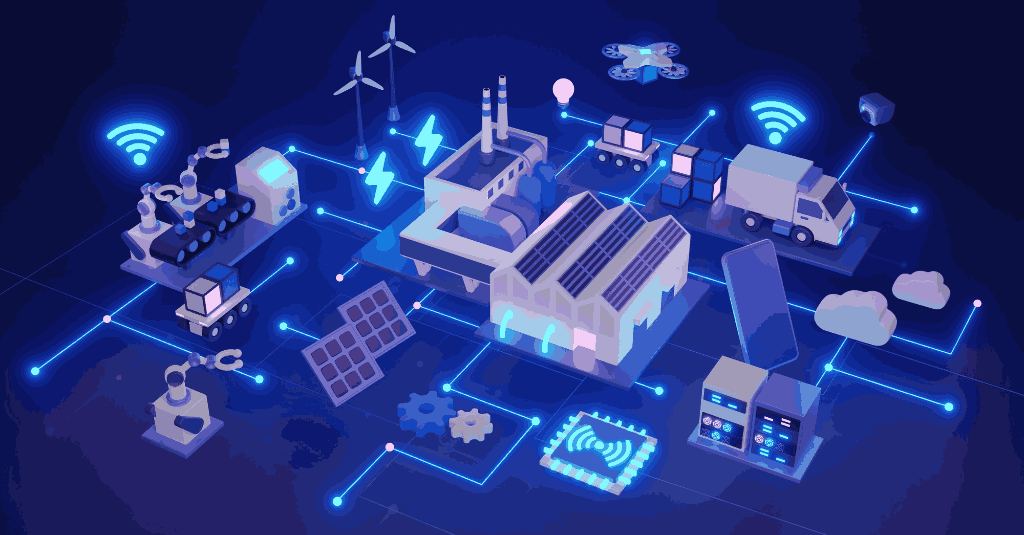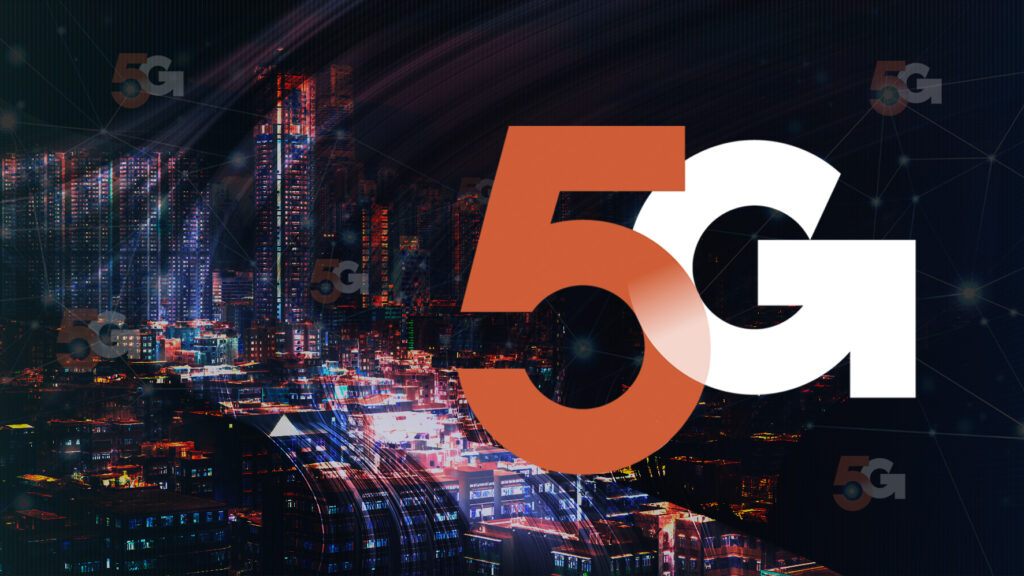
A few years ago, professionals were not allowed to use their mobile devices at work. Today, many enterprises have adopted a mobile-first strategy to equip and empower employees to do their jobs faster, more accurately, and closer to the customer.
The global average for adults using personal smartphones for business activities reached 54%, with the highest level at 64% in North America and the next highest at 50% in Germany.
New use cases for enterprise mobility solutions surface practically every day. Today, it is taken for granted that many employees will have access to a smart mobile device, either their very own device or a company-issued device. A social media manager may be asked to post daily updates using their mobile device. Workers use company-provided wearable barcode scanners and rugged tablets to check in new inventory in a warehouse. A retail worker can check stock locations to guide customers to the correct aisle for a home repair part.
As businesses adapt to this new paradigm, these solutions quickly become critical for managing hardware, data protection software, and networks worldwide. These solutions are essential to manage mobile devices securely within organizations. Mobile security is crucial for protecting organizational assets and data through software and security policies.
Key trends and players are shaping the landscape as enterprise mobility becomes the standard in 2024 and beyond. The success of your enterprise mobility management will depend on your strategic understanding and response to these developments.

Security with bring-your-own-devices for enterprises lies in safeguarding sensitive company data and networks to mitigate the risk of data breaches and unauthorized access.
While there are many benefits, the proliferation of mobile devices in the enterprise IT estate also increases the number of attack surfaces incorporated within devices that require security.
Whether mobile devices are used on-premises or in a remote environment, an enterprise mobility security strategy requires stricter security measures and advanced mobile security controls to support data security and protect corporate data from breaches or unapproved access. The European Commission has banned the social media app TikTok from phones issued to staff members in response to security fears.
Enterprise security faces challenges with bring-your-own-device (BYOD) and choose-your-own-device (CYOD) policies, which allow employees to use devices not controlled by the company for enterprise work. These personal devices must deploy appropriate controls to safeguard sensitive company data while allowing the employees to perform their functions. Protecting business critical and sensitive data on these devices is essential to ensure organizational productivity and safety. A unified endpoint management program can address these challenges.
Enterprise mobility management provides the features required for successful enterprise and mobility solutions deployments. Comprehensive EMM solutions from key vendors offer security features such as application and content-level control on a unified platform to secure data. These solutions also help manage apps throughout their life cycles by preconfiguring settings and permissions, deploying to specific user groups, and controlling all app updates and versions to ensure security and facilitate user adoption.
Mobile application management (MAM) is supplanting traditional mobile device management (MDM) to keep pace with enterprise customers’ expanding mobile device footprint and ongoing attacks on data integrity and security. It is a stricter yet more flexible mobile management system for controlling smartphone and tablet usage at work. The enterprise mobility management industry is also stepping up its efforts to secure sensitive enterprise data. A secure container is used in MAM to isolate and protect specific applications and their data from unauthorized access, thereby enhancing the overall security of mobile devices in corporate environments.

IoT devices should establish connections with corporate enterprise data, networks, and external parties while ensuring security measures to protect enterprise data, devices, and networks.
The Internet of Things (IoT) is a networked system of interrelated computing devices, physical and digital machines, objects, data sources, or related technology given unique identifiers to access corporate data over networks.
Refrigerated cargo trailers, construction equipment, utility poles, smart hospital beds, and more are all nodes in the IoT. Asset tracking with GPS tags helps companies manage mobile assets in real time.
Security is crucial to successful IoT integration, as each endpoint represents a data breach and a possible attack vector. Bad actors have gained network and corporate data and access through thermostats and other benign devices.
IoT devices must be able to connect with all corporate enterprise data, other device-managed networks, and outside parties while maintaining security for those entities.
The spread of 5G in public and private networks will boost the integration of IoT devices in many sectors. For example, the high speed and low latency of 5G make it ideal for industrial automation and control systems. Backed by the performance of 5G, mobile devices enable collaborative work, building on sensor information and smart devices to create an intelligent layer in real time that transforms how people do their jobs.

Edge computing will play a crucial role in AI data processing by enabling faster, decentralized decision-making at the source, reducing latency and enhancing efficiency.
Rugged mobile devices can live at the edge of the enterprise, from the depths of coal mines to oil drilling platforms and sterile healthcare settings.
Workers can increase their productivity and customer service as the mobile workforce expands. Mobile workers can perform their roles remotely using various devices, enhancing enterprise mobility. Delivery truck drivers can offer electronic proof of delivery distributed to all involved parties to speed up payments and remove paper from the process. Restaurant waitstaff can accept credit cards at the table side.
Healthcare IT departments are looking for edge computing solutions to accelerate patient diagnoses and move to telemedicine for non-emergency cases.
Expanding enterprise mobility programs enhances worker productivity, allowing them to work anywhere. They can access corporate data while on the go.
However, the endpoint devices must meet requirements to run enterprise workloads and apps with seamless integration with the rest of the operating systems in the IT estate.
Capabilities of mobile devices to access corporate data and support edge computing are developing along with two key trends. First, the evolution of software-as-a-service (SaaS) offerings allows employees to access tools and company data from any connected device. This ability for enterprise mobile devices to access corporate data will enable companies to overcome technical debt by embracing lower-cost mobility solutions and cost-effective SaaS offerings with reduced capital expenses compared to legacy technology.
Second, edge computing power will be increasingly vital to maximizing the adoption of the large language models underlying AI services by sharing processing loads with cloud services. Mobile device performance increases to match the heavy computing demand of mobile apps.

Mobile devices like rugged tablets require processors capable of handling intricate calculations required for AR applications.
Mobile devices will be the primary platform for extended reality (XR), such as augmented reality (AR) and virtual reality (VR). The expansion of AR is being made possible through 5G networks that support the bandwidth and low latency necessary for the XR applications.
Augmented reality blends a view of the physical world with digital information in real time. It adds digital components to real-world devices. In contrast, virtual reality is an entirely digital environment. Some common examples are filters on social media platforms that place humorous artwork on a person's face, like adding a dog's snout and ears to your picture.
Mobile devices must contain processors that can conduct complex, real-time calculations to handle AR apps. At the same time, the camera, motion sensors, and other hardware interact with the software to ensure performance. Configuring app settings and permissions before deployment of malicious apps is crucial to enhance user adoption and provide secure access with minimal setup.
With AR in field applications, users bring data collection and interactivity closer to the work. Repair crews can access AR apps that overlay repair information on top of a video of the machine. Healthcare workers can find veins with an AR app that makes blood drawing more manageable for everyone involved.
In some cases, the future of AR is already here. Room, a manufacturer of office pods and phone booths, uses an AR app to help field installers solve problems in Sydney, Melbourne, and North America.

The enterprise mobility management sector is diligently striving to deliver on the potential of 5G technology.
Enterprises are still coming to terms with the spread of 5G cellular networks around the globe. By 2029, 5G is expected to become the dominant mobile technology, with connections doubling over the next two years.
As the fifth generation of mobile internet connectivity, 5G delivers faster speeds and more reliable connections across multiple platforms. Higher data rates and lower latency support innovative use cases in edge computing and IoT devices. Some operators offer private networks to take advantage of 5G performance.
The enterprise mobility management industry is working tirelessly to fulfill the promise of 5G. For example, Asian port operators have set up local 5G networks to introduce automation and intelligence to new and existing terminals. Singapore has sponsored 5G trials across multiple sectors, such as healthcare, manufacturing enterprise mobility management, and construction. The nation's traffic sensor program will test the outcome of using 5G to enhance performance in traffic management and urban planning.
City officials in Jakarta are using 5G to enable smart mobility solutions to target seasonal flooding that causes significant damage each year.
Major vendors like Getac in the enterprise mobility management industry continue to refine solutions for using 5G for managed enterprise mobility and services for their enterprise customers.

Remote work solutions are revolutionising enterprise mobility management by enabling organisations to securely manage and support a distributed workforce while ensuring efficient access to company resources and data.
Since the pandemic, many organizations have adopted a work-from-home model of some form, altering work styles and creating demand for enterprise-grade managed mobility services, solutions, services, and security.
With 5G delivering increased network speed, optimized battery usage, and improved performance in dense office spaces, other enterprise mobility solutions and tools like video conferencing, cloud storage, and web collaboration tools are moving from nice to have to the status quo. With 5G, remote work can occur more efficiently even when employees aren’t connected directly to the enterprise business network. Additionally, mobile access to essential tools and information via smartphones and other mobile devices has revolutionized work processes, enabling secure remote work and improving job satisfaction.
However, remote work presents challenges for enterprise mobility management.
The BYOD model enables IT departments to install enterprise-approved and well-managed devices and apps on employees’ devices. Users select their devices, while employers retain control of corporate data and software. Although BYOD may reduce device acquisition costs for the employer, increased IT oversight expenses may offset those savings. However, research indicates that allowing personal devices at work helps employees to be more productive.
Alternatives include the Employer-Provided Device (EPD) and the Corporate Owned Personally Enabled (COPE) models. The company provides the devices but allows some level of personal use. These models allow companies to monitor workers more closely through management apps to manage access and monitor data use and tools to record work hours remotely.
As more employees use personal devices, end-user management (EUM) will be increasingly important in delivering a satisfactory experience. From the enterprise mobility management industry’s perspective, EUM can automate responses to low-level user experience issues. Store apps must be managed to ensure secure access and prevent the installation of potentially harmful applications. Industry leaders like Microsoft already have a strong presence in this space.
Work can happen anytime, anywhere, and employees can access relevant company data as needed, facilitating internal knowledge sharing.
Mobile device security, application management, and vigilant security operations will be critical elements for enterprise mobility management initiatives now and in the future. With the vast number of mobile applications in app stores, users face challenges navigating and identifying safe applications.